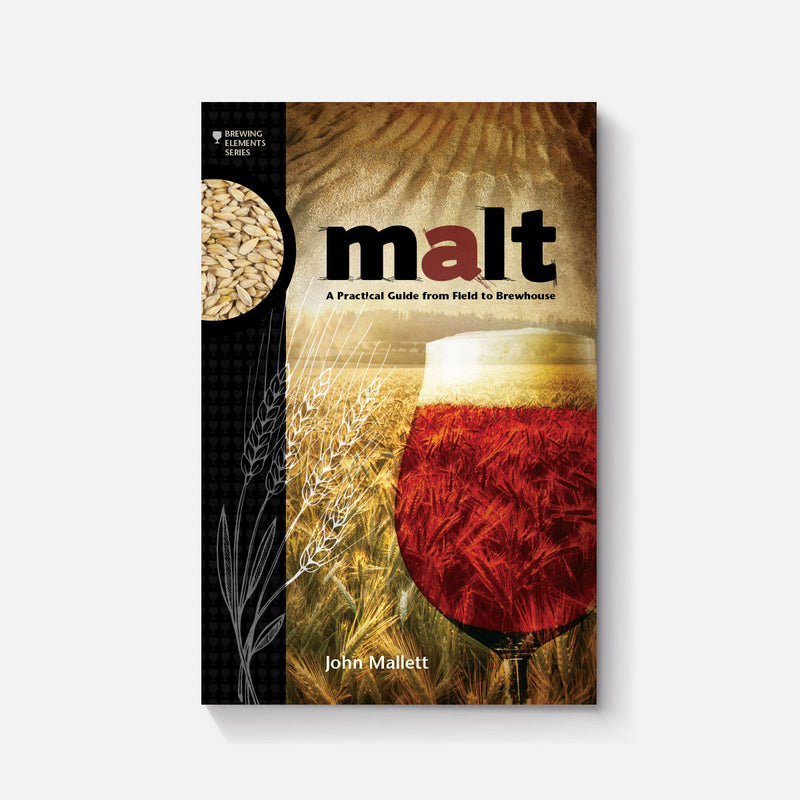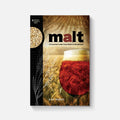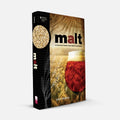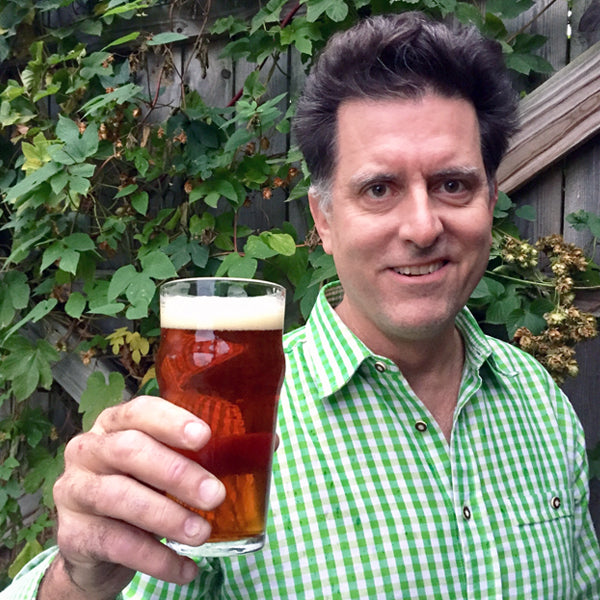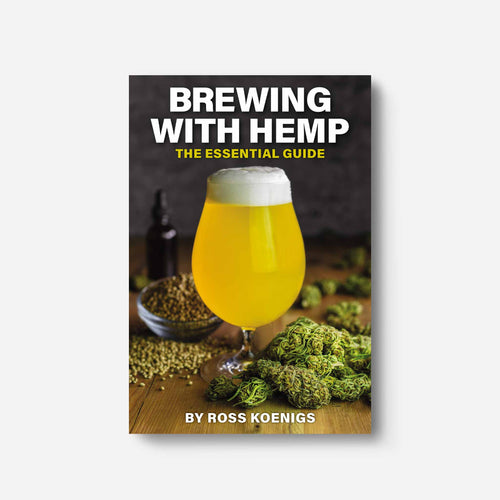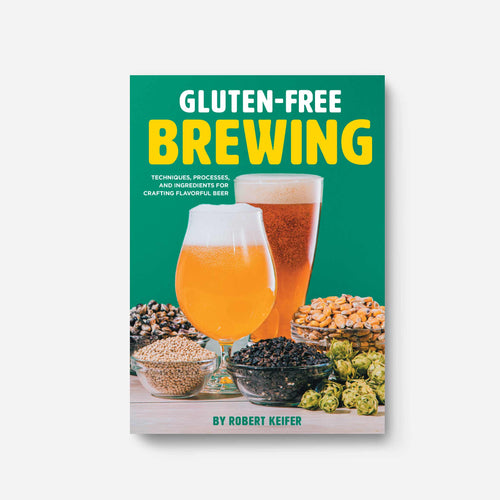Book Reviews
John has done the heavy lifting for us by presenting (in a very readable fashion) the chemistry of malt carbohydrates, sugars, amino acids, proteins, and lipids. He elegantly describes the history and chemistry of Maillard reaction products, and the derivation of caramel colors and flavors in the kiln and kettle.
The book flows like the air moving through drying barley, describing functionality, flavors, fermentability and unfermentables extracted from malt, including how many malty factors can be unintentionally overrepresented in beer.
In addition to the malt itself, he addresses common concerns related to malt receiving, conveying, storing, weighing, and milling. You won’t find this level of fundamental understanding and practicality in any malting theory textbooks.“
Enter the world of malt, the soul of beer. Beer is often cited as being at least one of the causes of civilization, and it was the deliberate cultivation and malting of barley for beer that was the catalyst. From cultivation to harvest, from steeping to kilning to brewing, John Mallet takes us on a tour of the history and technology of barley and malting that gives brewers more insight into their beer.

